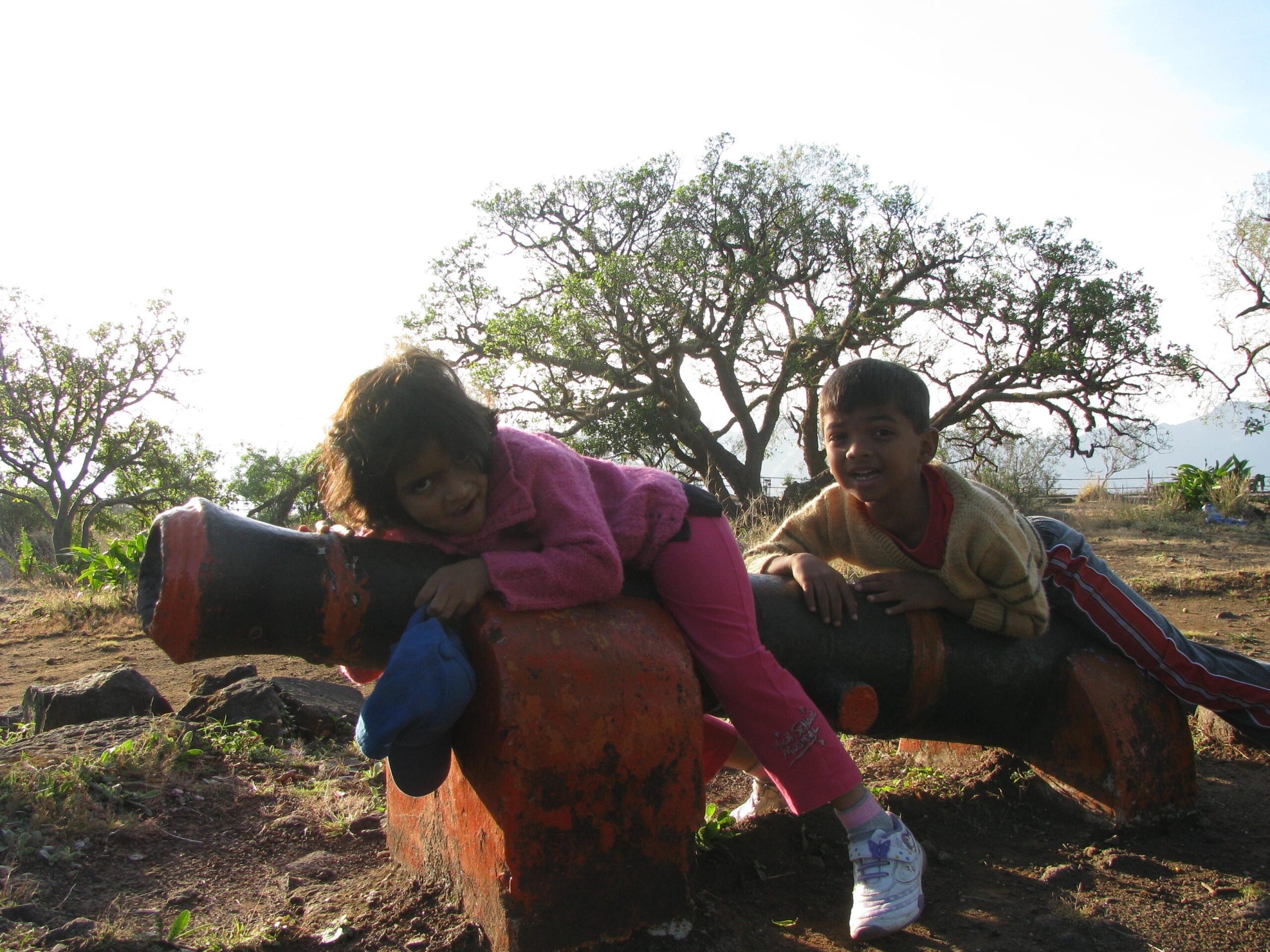Official site – http://dhamma.org
I know, by the time you read the entire article, you are going feel terrified of the course. But, the experience was just plain awesome. I find comfort in the fact that I got a peek into what’s going on inside me, how my mind (and body) works and makes me do the things I do.
Like any good theory, the theory behind the technique is based on an assumption. The assumption is that the ultimate aim of life is to achieve “peace of mind”. So, if that’s not your aim of life, this one’s not for you. Doesn’t mean you stop reading here. What happens by the end of the course is that you learn to deal with the smaller disappointments in life.
Now, “peace of mind” is a pretty lofty aim, alright. As in, nothing wrong with having that as an aim, but one needs to be practical. And practical, the course is. They do not claim to teach you how to attain “peace of mind” in these 10 days, nor in the next few months or years or even this life time.
BUT, and a very big BUT, the technique taught can be used to deal with the daily unhappy events of life. And that’s a start, a good one at that. Even if you learn to deal with your headache, or backache, its an achievement, isn’t it? DOES NOT mean you go into the course with the intention of getting rid of regular illnesses. The cures are pure side-effects. You shouldn’t lose sight of the larger aim. And one thing to keep in mind while going into the course –
!!! DO NOT GO IN WITH ANY EXPECTATIONS !!!
Now about the course itself –
I’d like to start of by saying that this is by far THE most secular and logical program to achieve the goal of peace of mind I’ve come across. Calling it secular is an understatement because while the technique taught is as learnt by Gautam Buddha, the discourses ask you to only focus on the technique and not even think of Buddha let alone other deities or beliefs.
The technique is taught by video recordings of guruji – Mr. S. N. Goenka, I call him guruji because he ‘taught’ me this technique through these videos and not because he is a spiritual leader.
At no point are you asked by guruji to stop thinking and asking questions (you are allowed to talk to the asst. teachers). Logical thinking is encouraged. Also, you are not asked to change your style of living once you are out of the course. You can continue doing what you would do, only the attitude would hopefully be different.
I’m going to try and explain what I understood here. There maybe glaring gaps which I might not be able defend/counter-argue, but here’s what little I understood.
Now, this is the flow of the theory
- What is it that disturbs peace and pure harmony? Things that make us sad (agitation, frustration, anger, fear, etc) and things that make us happy (sex, people getting attached to us, etc).
- Things that make us happy spoil our equilibrium because we are sad after they are over.
- Deeper thinking leads you to the conclusion that its not really the things that make you happy or sad that are the problem. Its your need to cling to the happy and be averse to sad that tips the balance. The point being if you did not crave for happy things to stay or be sad when they were gone or hate the bad things, you would still be at peace.
- So, let’s try to deal with the craving and aversion.
To do the needful, we need to understand how our mind and body work and what the connection between them is.
Body
- B. Body is matter.
- B1. It has been proven that all matter is a bunch of atoms that are created and die in a fraction of a second.
- B2. In that fraction of a second a sensation is created. Could be anything heat, cold, wetness, dryness or abstract anger, fear, glee, bliss.
M.Mind
- M1.An event occurs. The mind notices it through the five senses of the body. It heard a sound, it felt something in the mouth, something touched the skin, it saw the form of something, it smelt something.
- M2.The mind processes it using intellect and reviews it using experience.
- Oh, the sound is someone calling me “idiot” – bad. Oh, the sound is someone telling me “I look pretty today” – good.
- This is a cucumber gone bad – yuck! This is chocolate cake just like mom makes it – yumm!
- Ant bit me – ouch! My son hugged me – wow!
- that’s a bloody cockroach – y-i-k-e-s. A rainbow – how serene!
- public toilet – don’t breathe in. aroma of food when I’m hungry – nothing better!
- M3.A sensation is created that likes the good and dislikes the bad.
- M4.There is reaction created out of habit to crave for more of what we liked and being averse to what we didn’t like.
Of course, each person has their own review, you might think of cockroaches as cute little brown things, I DO NOT! 🙂
Vipashchana is a meditation technique that if you practice regularly, you will realize that the sensation mentioned din B2 is the same as that created in M3.
The 10-day teaches you to change that habit of the reaction. It involves observing your reactions and trying to change them. Note that at this point, you are not asked to evaluate things as good or bad but are asked to change your reactions. Obviously, you have to meditate regularly for the effect to last. And I think as you advance to higher levels, you will be asked to refrain from evaluating too, but not for now.
This technique is taught in mini-baby steps over the course of 10 days in this course. I’m not going to get into the details of “how to meditate” because it will sound really abstract and will serve no purpose. I cannot even attempt to narrate in words what I learnt in 80-90 hours of meditation.
All I can say, enter with lots and lots of patience and loads and loads of determination because the much talked about “scary” features are true 🙂 One guideline that really helped me was given by Mr. Prakash Laddha (a trustee at the Igatpuri center), “Dear, just follow the instructions. The instructions and you, that’s it. If you focus on just these two things, you will have a good course”
- You are not supposed to talk from 8pm on the registration day (let’s call this day 0) to 10am, Day 10. No talking = no hand gestures, no eye contact. You can talk to your teacher if you have trouble with the technique and the admin if you have administrative problems.
- Breakfast is served at 6.30am, a full meal at 11am, and fruit, tea and murmura (rice flakes) at 5pm. No dinner. You can eat as much as you like during these hours, but it is recommended you don’t stuff yourself.
- 10.5 hours of meditation, interspersed with breaks for meals, shower, etc and 5-10 minute breaks in continuous hours of meditation.
- 1.5 hours of discourse each evening.
- Day starts at 4.30am and ends at 9pm. Which means you get up at 4am and sleep around 9.30-10pm.
Pretty intense, huh?
One thing that sure helped me was I was absolutely mentally prepared. While I don’t think any of the rules bothered me individually, by day 6 evening I was completely overwhelmed by all these things put together and felt scarily lonely. I recovered soon enough. But believe me, if you are doing the course with all sincerity, keeping quiet is the easiest rule of them all!!
I found the meditation extremely exhausting because it’s not a relaxation technique. It’s a technique that compels you to think about yourself and the rules of the program create an atmosphere conducive to making you do exactly that.
The two things that got me down during the course and have an effect even now are –
- Damn! If I want peace of mind, I’ve to let go of clinging or craving for more of what I like!
- It is such a long, long way ahead, if I’m going to continue using this technique to achieve “peace of mind”. I am just like a new-born baby who has let out the gasp for her first breath, just started the process of living. I’m convinced though that any other road is going to be as long. So, here’s to a hope that I’ll practice the technique regularly. So far so good, have been able to do it as required. One day at a time…



Meeta… there is an empty space that is silent and ignored… it sleeps long and hard, and is never really awake… snoozes at best, perpetually trapped between the states of wakefulness and forgetful slumber. To awaken it can bring wonder, unconfined joy… pain and terror. Because this space captures who we really are… it is the innermost space, the Pslamist wrote of it… as have every God man from the beginning of time… may your journey to it and from it be your choice alone.
Beautifully put, Hans! Wonderful and terrorizing it is…
Hi Meeta,
Not sure whether u know me… I m Arun Kotwani’s wife.
Your article is wonderful; very well written and i really enjoyed reading…. smiling my way to the end….
I have always been inquisitive about this course (my bro-bhabhi have attended it)… now all the more after reading ur write-up….
would definitely want to experience it… not sure when i wud be able to spare those 10 days of solitude….
Good Work. keep it up
Cheers
Nisha.
Hey Nisha!!!
Was wondering why Nisha Kotwani sounded familiar, and saw the connection!
Welcome to my blog! I’m glad this post makes you want to do the course. 10 days is difficult I know, but not impossible.
Dhamma Works!
Good thing is that you got to write down all your thoughts. I did not do that after my course, but this is a good recapture of the whole experience.
I hope you recite “Mera Mangal, tera Mangal, sabhi ka mangal ho…” every morning 🙂
Tarun
Lol Tarun! I forgot to mention the croaky, groany voice in the mornings!!
I used to call guruji ‘Prince Charming’ by the 5th, 6th day, because the first time I heard his voice it felt like a frog croaking, but later I realized he has taught something that can possibly change my attitude in life. 🙂
Very nicely written and as usual i always enjoy what u write… but still seriously doubt if i could do it…
Aah…not to worry, once you get in there with the right attitude, it is not THAT difficult. I didn’t think I could do it a few months ago either.
Hi,
i dint take the pains to continue practicing after my course…this reminded me of why i should continue practicing the technique…
shruti, mangal ho…
gautam buddha is a great soul!!
Dear Meeta,
I plan to do it in April 2016.
How is the life “after” Vipassana? Do you follow the meditation daily? Did you attend it again?
Thanks,
Avadhut
Well, I don’t do vipassana daily. I have taken up yoga pretty seriously, so do pranayam and aasanas regularly.
The insights I gained during vipassana though have stayed with me and have helped me in many many ways.
Excellent insights… 😛 😛